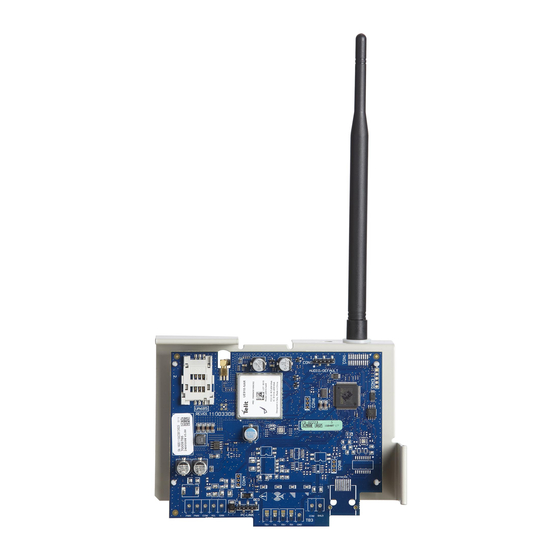
DSC TL280LE Installation Manual
Internet and lte/hspa dual-path alarm
communicator;lte/hspa alarm communicator;cellular alarm communicator;internet and hspa dual-path alarm communicator;
internet alarm communicator
Hide thumbs
Also See for TL280LE:
- Installation manual (65 pages) ,
- Installation manual (57 pages) ,
- Instruction manual (72 pages)
Table of Contents
Advertisement
Internet and LTE/HSPA Dual-Path Alarm
Internet and HSPA Dual-Path Alarm Communicator
WARNING: This manual contains information on limitations regarding product use and
function and information on the limitations as to the liability of the manufacturer. The
entire manual should be carefully read.
PLEASE NOTE THAT NOT ALL MODELS AND FEATURES LISTED ARE AVAILABLE IN
ALL MARKETS.
TL280LE(R)
Communicator
LE2080(R)
LTE/HSPA Alarm Communicator
3G2080(R)E
Cellular Alarm Communicator
TL2803G(R)E
TL280(R)E
Internet Alarm Communicator
Installation Manual v5.1
Advertisement
Table of Contents














Need help?
Do you have a question about the TL280LE and is the answer not in the manual?
Questions and answers